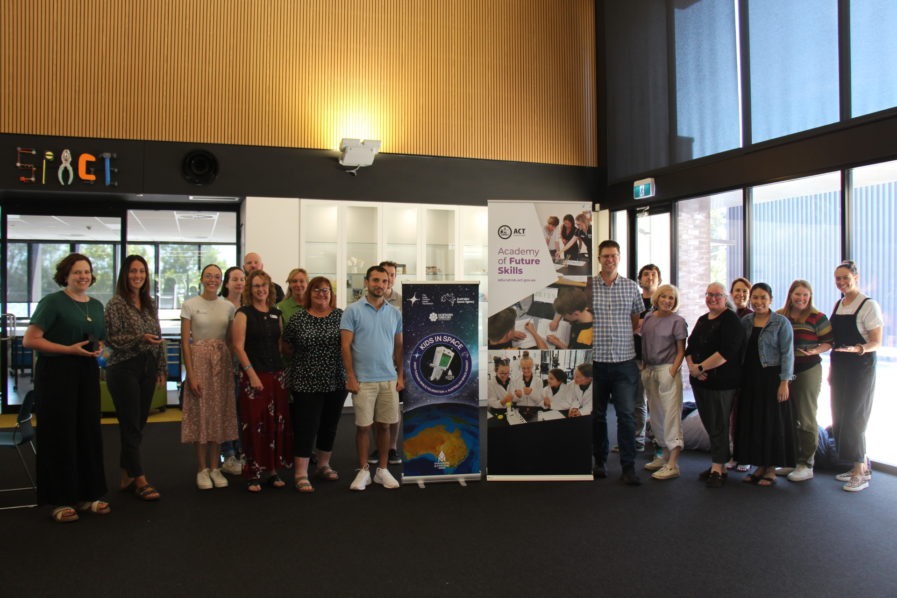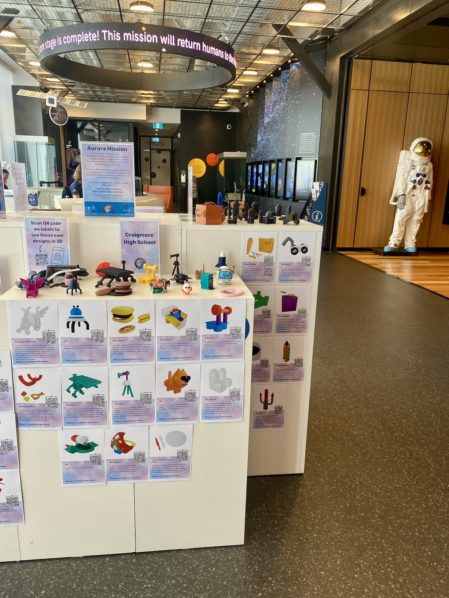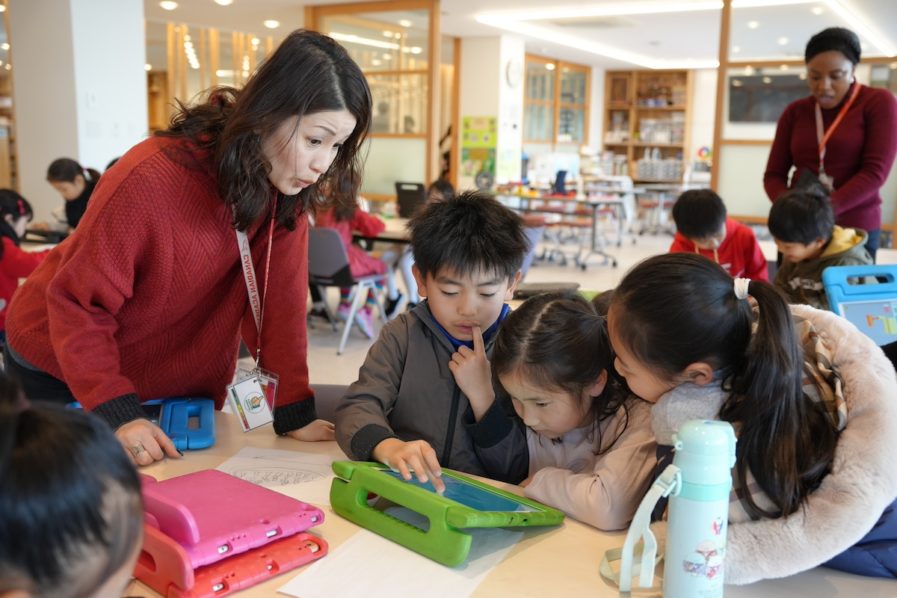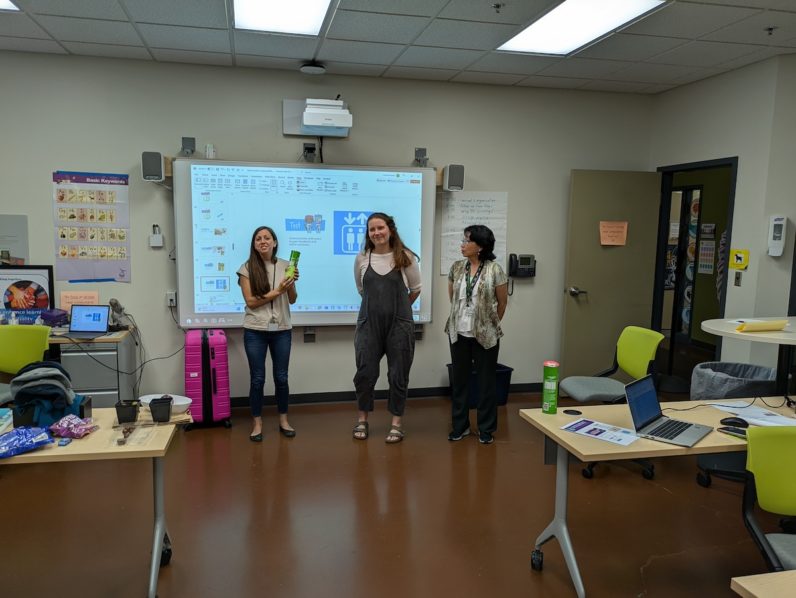One of the most important issues facing the educators and parents of today is how to prepare students and children for the jobs of tomorrow.
With entire industries being revolutionised and disrupted on what seems like a daily basis, the only thing that we know for certain is that the future will be more incredible and dynamic than we can currently imagine.
Today’s students are unlikely to do the same job for life. They’ll have multiple jobs — sometimes simultaneously — and multiple careers over the course of their lives. They’ll be digital nomads, working on their laptops from classrooms, co-working spaces, coffee shops, airport lounges and Airbnbs around the world.
In this new world, simply showing up for work won’t cut it anymore. Likewise, merely doing what’s been done before will no longer be good enough.
Today’s students will have to be life-long learners. They’ll have to learn how to brush themselves off after setback or failure, how to regroup and how to try again and again.
Businesses and institutions who adopt a stubborn, closed-minded attitude to change simply won’t survive, as customers turn to other companies that better understand their needs and strive to meet them. So people will need to be agile and adaptable, understanding when and how to pivot when necessary to meet their customer’s or clients demands.
So how do we best prepare our students and children for the challenges of a world like this? I believe that the two most important skills we can teach our students are skills that can be taught in every subject:
1. How to reframe problems as actionable statements
Why? Reframing a problem as an actionable statement — for example, “how might we achieve XXX with/without YYY” — gives a person both agency and permission to do something about it. Children, especially younger children, who are used to being told how to do everything, can find this shifting of responsibility and new-found freedom very empowering.
2. How to persist in the face of setbacks and failure
There is no such thing as an underserved success or even an overnight success, for that matter. No matter what the field, success usually comes only after lots and lots of hard work.
The key to success? Persistence. It’s often the only difference standing between success and failure in many endeavours. Our most noted athletes, inventors and celebrated authors know this – raw talent only took them so far. They succeeded because they simply refused to quit and viewed each failure as a building block to their eventual success.
So How to Teach Children These Essential Skills?
In today’s high tech world, everything is merely a simple click away – we expect instant gratification. So how do we teach our students and children these two essential skills that require a more thoughtful and considered approach?
How do we help students view themselves as creators, innovators and problem solvers who can make their world better? How do we encourage them to dig a little deeper and to put in that extra effort required to create genuinely innovative solutions to problems and to make good work great?
Everyday, teachers are using Makers Empire to teach both these skills.
Learning how to reframe a need or problem as an actionable statement is part of the Design Cycle. Similarly, learning how to persist in the face of setbacks is a critical part of the prototyping, testing and refining phases students experience with Makers Empire.
So how does this type of learning actually work in the classroom? Let’s look at some real-life examples:
Designing a Chocolate Mould with 3D Printing
Teacher Colleen Small set the stage by explaining that Willy Wonka doesn’t know how to make a chocolate mould and needs the students help. This human-centered design builds empathy and is similar to the design process for real-world applications. Plus, this lesson is cross-curricular: students can read Willy Wonka and the Chocolate Factory in English, design their chocolate mould in art, calculate the capacity of their mould in math and then 3D design and print their moulds in their technology class. Learn more.
Helping Senior Citizens With 3D Printing
Woodville Gardens Primary School students created solutions to real-world problems experienced by senior citizens at a local nursing home. Solutions created included a name badge for a woman who had trouble remembering her nurse’s name, model planes for a gentleman who used to be a pilot and a plant pot for a woman who loves gardening. Learn more.
Solving Sustainability Issues with 3D Printing
At West Lakes Shore School grade 5-7 students were tasked with using Design Thinking to identify and solve a real-world need or problem within their school to do with sustainability. After researching their school community, the students didn’t find just one thing they could improve – they found several! Learn more.
As you can see, these three projects create excellent opportunities for primary, elementary and middle school students to reframe problems as actionable statements and to develop persistence in their quest to create a design solution.
Feeling inspired? Contact us and find out how we can help you teach your students these essential skills.












